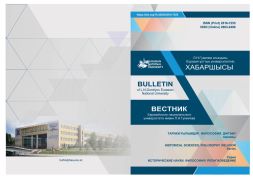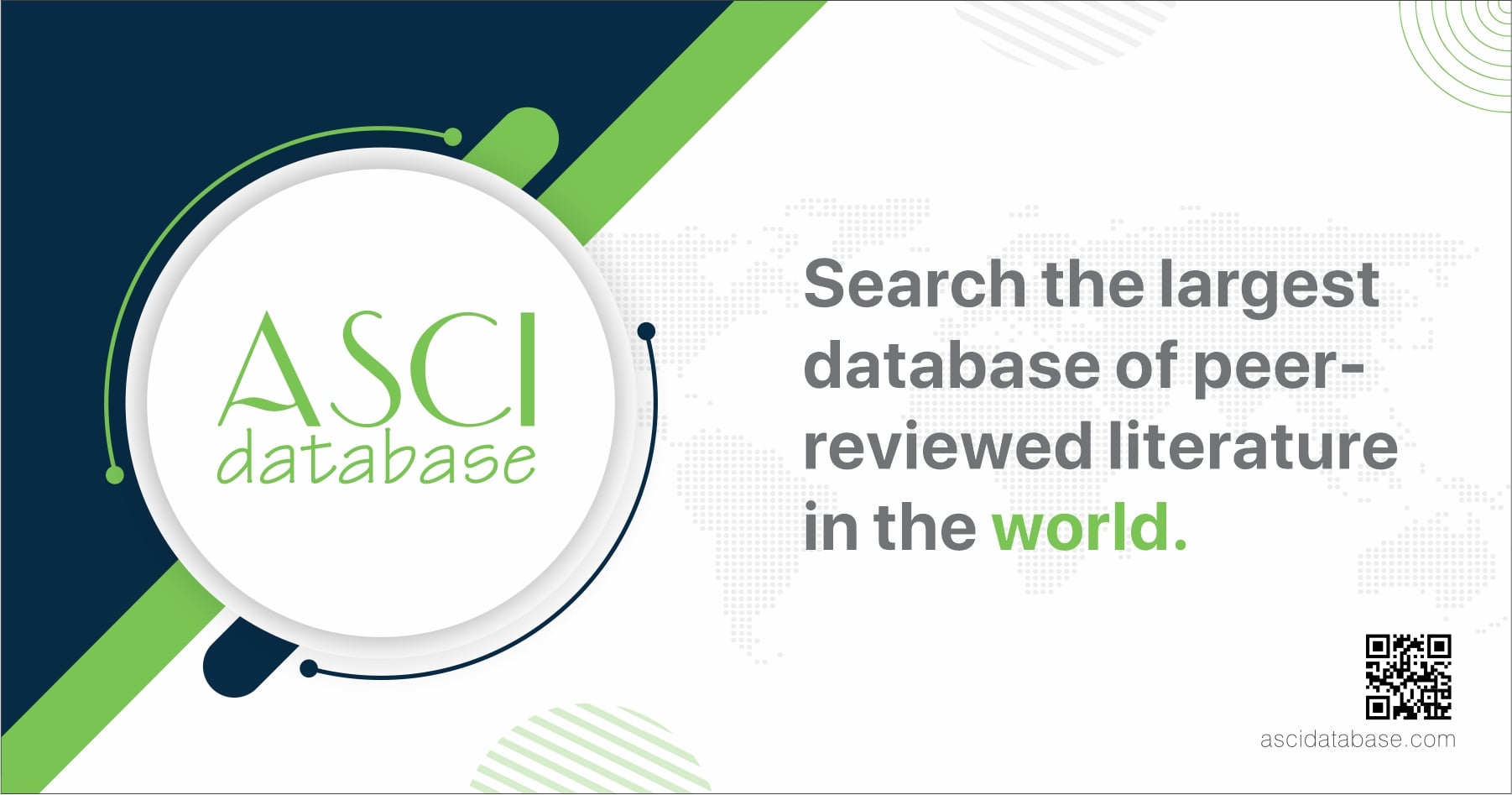Saints of the kazakh steppe: traditions and continuity
Research article
Views: 317 / PDF downloads: 175
DOI:
https://doi.org/10.32523/2616-7255-2024-149-4-310-324Keywords:
culture philosophy, saints-auliye, cultural landscape, cultural traditions, religious practices, religious beliefs, Turkestan region, Kazakh steppeAbstract
This article investigates the phenomenon of saints (auliye), their significance and role in Kazakh culture. As the theoretical base, the philosophy of culture is used, where auliye are considered one of the important factors for shaping intellectual traditions of the Kazakh Steppe. This article covers the topic of social and cultural roles of auliye and their significance for cultural memory, using a large empirical data gathered in Turkestan. Also the article analyses the possible reasons of forgetting, displacing and revitalisation in the socio-political context of events that happened in the XX century. The complex problems of mutual impact between Islam and nomadic Turks’ worldview, and conditions under which the knowledge of auliye was replaced, are discussed. It is stated that there has been a continuing research for philosophical foundations for the role of sacred and religious characteristics of cultural memory, since gaining Independence. By exploring the origins of saints (auliye) from cultural regions of Turkestan, the analysis of the network features of distribution is given. The article demonstrates how examined auliye were interconnected with other other, and what kind of role their activities played in forming intellectual, including religious, traditions of this region. In this context, a retrospective analysis of auliye’s biographies discloses the sacred geography phenomenon of Kazakhstan.
Downloads
References
«Киелі мекен»: Созақта «Бибі Мәриям» кесенесінің аумағаны тазалық жұмыстары ұйымдастырылды. 2024. URL: https://www.gov.kz/memleket/entities/ontustik/press/news/details/752823.
Dergaһ Yayinları. Türk dili ve edebiyatı ansiklopedisi. İstanbul, 1977. 399 v.
Milli Egitim Basımevi. İslam Ansiklopedisi. İstanbul, 1977. 487 v.
Алтай Х. «Құран Кәрим» қазақша мағына және түсінігі. Медине: «Құран Шәриф» баспасы, 1991. 893 б.
Әбдірахманов Б. Бекет-атаның сұпылық жолы. Алматы: «Нұрлы әлем», 2010. 248 б.
Биболатұлы Б. Зикзал. Астана: «Ғылым» баспасы, 2017. Т. 1. 912 б.
Кустаев М. Құран Кәрім орысша-қазақша. Алматы: ТОО «ЛантарТрейд», 2019. 819 б.
Қазақстан Республикасының Діни сенім бостандығы және діни бірлестіктер туралы заңы, 15 қаңтар 1992 жыл, №1125-XII Заңы. URL: https://adilet.zan.kz/kaz/docs/Z920004000.
Қазыналы Оңтүстік. Т. 22: 5-кітап: әз әулиелер. Алматы: «Нұрлы Әлем», 2011. 288 б.
Қондыбай С. Байырғы қазақ дүниетанымының негіздері. Энциклопедиялық басылым. Алматы: «Қазақ тілі» баспасы, 2018. 480 б.
Құран Кәрим. Мағыналар және түсіндірмелерінің аудармасы. Алматы, 2013. 776 б.
Құрбанқожаев С. Ясауимен байланысты аңыз әңгімелер. 2024. URL: https://azretsultan.kz/yasauimen-bajlanysty-a-yz-gimeler/.
Құрманов А. Қазақ баласы оқыдым, тоқыдым деседе, Бекасыл хазірет болама? 2013. URL: https://egemen.kz/article/25605-mashqur-zhusip-kopeyuly-qazaq-balasy-oqydym-toqydym-dese-de-bekasyl-khaziret-bol.
Нысанбаев Ә. Қазақстан Ұлттық энциклопедия. Алматы: «Қазақстан энциклопедиясының» Бас редакциясы, 1999. 720 б.
Олжабай С. Қазаншы ата немесе тайқазанды құйған шебер Созақта жерленген бе? 2022. URL: https://okg.kz/post?id=29713&slug=qazanshy-ata-nemese-taiqazandy-quigan-sheber-sozaqta-zherlengen-be.
Слямбек Қ. Қазақстандағы әйел-ана кесенелері. 2020. URL: https://massaget.kz/ruhani_jangyiru/kazakstandagyi-ayel-ana-keseneler-karashash-ana-60847/.
Тайжан Б. Ақбикеш мұнарасы қайта жаңғыртылады ма? 2016. URL: https://egemen.kz/article/105642-aqbikesh-munarasy-qayta-dganhghyrtyla-ma.
Хабибуллаев А. Козы Ходжа ибн Хафиз Ходжа – ученый-богослов из Карнака. «Исламоведение в Казахстане: состояние, проблемы перспективы». Материалы международного круглого стола. 2014. С. 43-48.
Хабибуллаев А. Қозы қожа ибн Хафиз қожа Қалпа (Халифа) медресесі. Кітап және кітапхан. 2018, №4 (8). 58-63 б.
Downloads
Published
How to Cite
Issue
Section
License
Copyright (c) 2024 A. Omirbay, R. Imanzhussip

This work is licensed under a Creative Commons Attribution-NonCommercial-NoDerivatives 4.0 International License.








